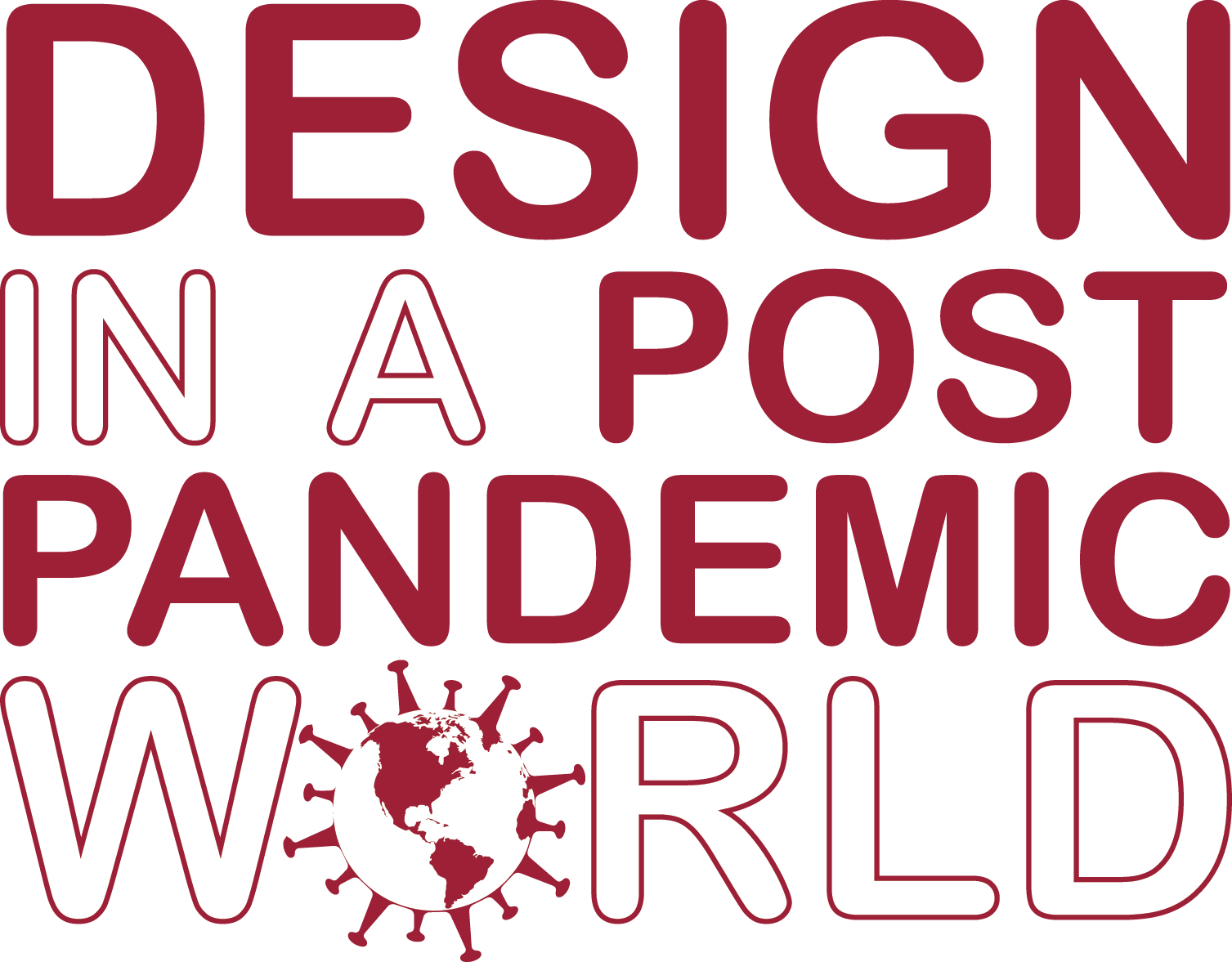The following is a guest post written by Associate Vice Provost in the Office for Equity and Diversity and CSBR Senior Research Fellow Virajita Singh.

This year, two pandemics have captured our attention in the United States. The first, COVID-19—the invisible yet seemingly omnipresent coronavirus that arrived in the U.S. in early 2020 amidst confusion and unpreparedness. The second, the older and more insidious pandemic of racism, which has a 400-year history in North America. Alternating between being explicit and implicit over the course of U.S. history, racism was violently exposed on May 25, 2020 when a Black man, George Floyd, was murdered at the intersection of 38th St. and Chicago Ave South in Minneapolis by a police officer kneeling on his neck for 8 minutes and 46 seconds. At the time of this posting, there continue to be national protests and civil unrest in response to police brutality, most recently exposed in the police shooting of Jacob Blake in Kenosha, Wisconsin.
Local and global outrage exploded against a backdrop of rising COVID-related hospitalizations and deaths. As we continue to wrestle with the physical and moral consequences of these pandemics, it has become uncomfortably clear how related they are.
Decades of systematic racism and inequities are causing Black, Indigenous, and People of Color (BIPOC) communities to suffer more severely from the COVID-19 pandemic. The Center for Disease Control and Prevention clearly identifies the following influencing factors:
- Discrimination in systems meant to protect well-being or health
- Healthcare access and utilization disparity in access to insurance; lack of transportation, child care, or ability to take time off of work; communication and language barriers and other barriers
- Occupational exposure due to disproportionately representation in essential work settings such as healthcare facilities, farms, factories, grocery stores, and public transportation.
- Educational, income, and wealth gaps as well as inequities in access to high-quality education leading to lower paying or less stable jobs that put BIPOC individuals at a higher risk of exposure to COVID-19.
- Housing issues such as crowded conditions that make it more challenging to follow prevention strategies as well as risks of eviction and homelessness.
In a world so unequal that even disease discriminates, we as designers must ask ourselves, what is our role in this? How can we enact the change humanity so desperately needs?
Design is implicated in outcomes of discrimination such as those that arose from policies like redlining. Historically, design has often served the needs of the wealthy few at the expense of the disadvantaged many. In recent years the positive trends in design for the public good have made some headway, yet a lot remains to be done in examining the design community’s actions and accelerating its positive impact. In fact, as a profession skilled at imagining environments that don’t yet exist, designers have a critical role to play in creating the future through design thinking, as a process that starts with a focus on empathy and moves through ideation and prototyping. Design Thinking has great potential to engage designers and communities in co-creating desirable futures together, keeping in mind lessons of the past.
To engage these ideas, Professor Tom Fisher (Minnesota Design Center), Associate Dean Abimbola Asojo (Interior Design), and I hosted a Zoom discussion series in the College of Design in spring 2020 that examined how COVID-19 has accelerated changes already underway before the global crisis began and how those changes may affect our lives from now on. These initial conversations expanded into new conversations planned with Lori Mollberg (CDes Alumni Relations) that engage design faculty, professionals, alumni and students in learning and sharing about “Design in a Post-Pandemic World.” The conversations delve into how we can use these ongoing crises to construct a more humane, equitable, and sustainable future, a future that works for everyone.
Design students, faculty, alumni, friends, and practitioners are exploring ideas for near-term and long-term solutions to the challenges at hand. From rethinking workplace design, educational experiences, how counties provide services, to addressing homelessness, and finding a viable substitute for plastic personal protective equipment, the discussions have and will continue to cover a breadth of topics.
The next conversation will occur on Wednesday, September 30th at 3 PM CST and will revolve around the pandemic and the design of parks. Join us to co-create the future together!
***
Virajita Singh is Associate Vice Provost in the Office for Equity and Diversity at the University of Minnesota, where she brings her expertise in design thinking, public interest design, and partnership studies to catalyze and support equity and diversity work of colleges and other academic units across the University. Trained as an architect, Virajita is also Senior Research Fellow and faculty in the College of Design where she leads the Design for Community Resilience program she founded at the Center for Sustainable Building Research working with rural and urban communities to meet their needs using regenerative design. Her current academic work is focused on exploring the applied intersections of cultural transformation theory, partnership models, and design thinking as a strategy particularly as it applies to higher education context and on applying participatory design to “Back to Indigenous Futures,” a Grand Challenges Research project working with her interdisciplinary university colleagues in collaboration with Dakota and Micronesian community members in western Minnesota.
The following is a guest post from Minnesota Design Center Director Tom Fisher.
At the onset of planning for Retail Connect 2020, event organizers thought their largest obstacle would be overhauling the event’s brand—then the pandemic hit followed swiftly by the killing of George Floyd.
Driven by the acute need for N95 masks in hospitals, faculty from the University of Minnesota’s College of Design, College of Science of Engineering, and medical school worked together to create two face mask designs that could be assembled using available materials.






